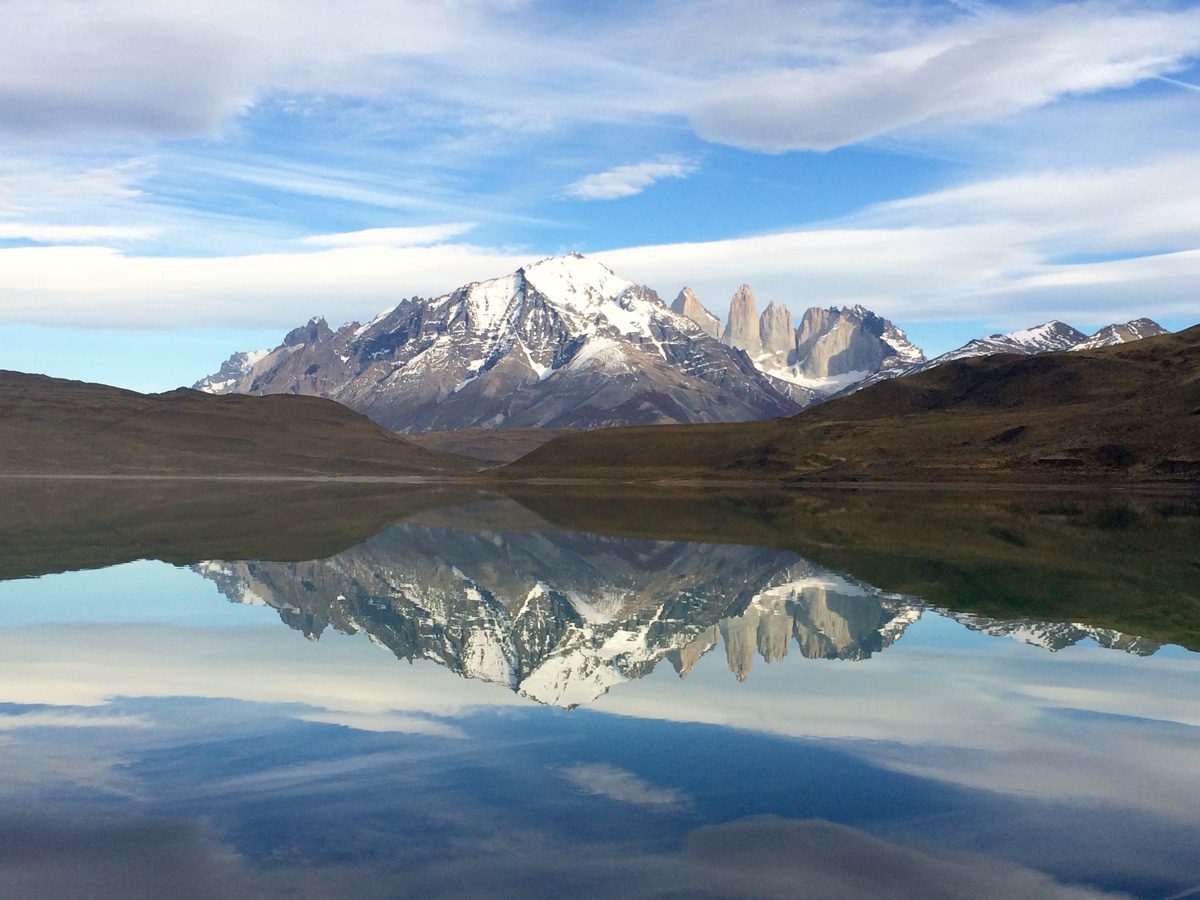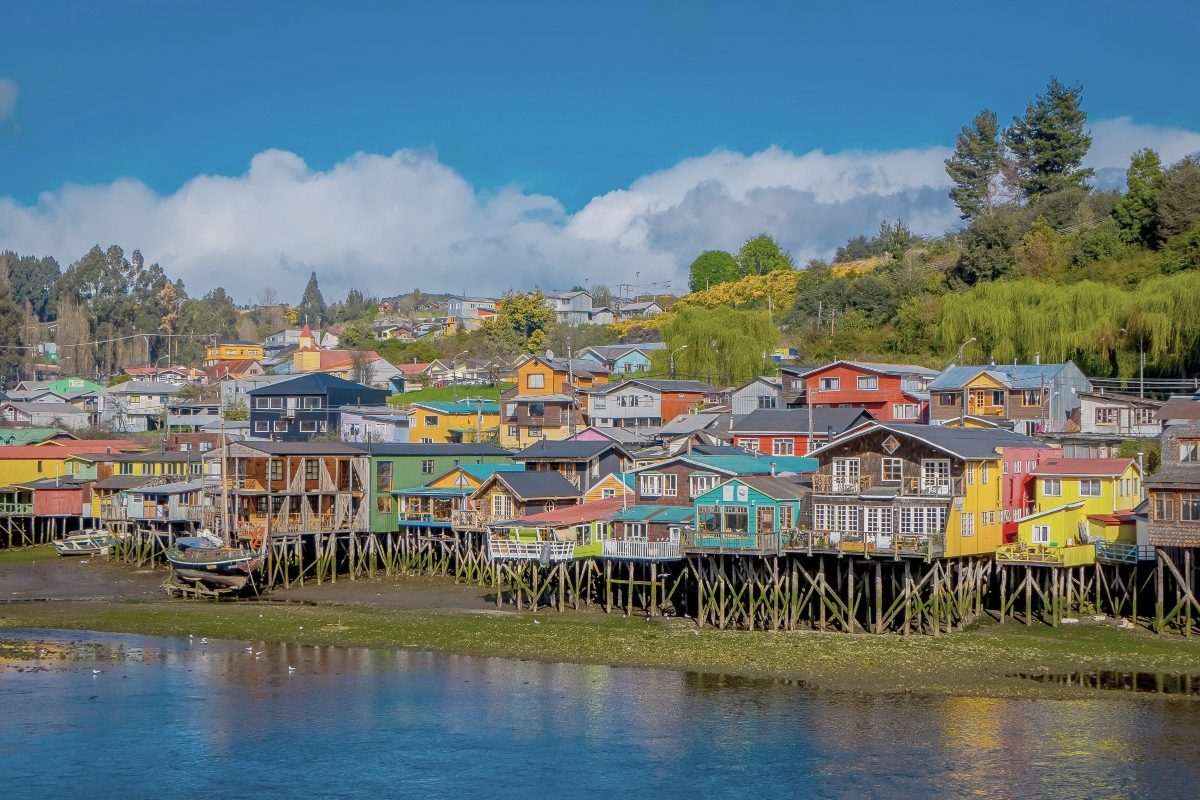Essential Tips for a Patagonia Family Vacation
- September 24, 2021
- 4 Min Read
At Ciao Bambino, we’ve seen a big surge in families looking for what we think of as “second level” destinations: off-path locales that push both parents and kids beyond their comfort zones and offer authentic experiences, unique adventures and a deep connection with nature. South America’s mystical Patagonia region — the very word conjuring images of austere peaks, desolate pampas and ends-of-the-earth isolation — is such a place. Despite its remoteness and the time commitment it takes to get down there, it’s absolutely worth bringing the kids to experience some of the most jawdropping wilderness on earth.
Our vetted and valued South America travel partner, an amazing custom tour specialist with an intimate knowledge of Patagonia, shared with us essential advice for visiting this region with kids. The insight below is priceless!

Need-to-Know Tips For a Patagonia Family Vacation
Understand the Geography
Straddling the southern ends of Chile and Argentina, Patagonia is vast. Both sides are comparable in terms of intense natural beauty, dotted with pine forests, clear blue lakes, arid steppes and ancient glaciers, and both sides can be incredible for families.
Northern Patagonia is home to the lush green Lake District (spread over both countries), the most developed and touristed area of the region and also the most accessible. The Chilean town of Pucon and Argentina’s Bariloche are major meccas for adventure activities like rafting, kayaking, trekking, fishing and mountain biking. Visitors to Pucon can hike up the Villarrica Volcano and enjoy a soak in the abundant natural hot springs nearby.
Want help planning an amazing family vacation to Patagonia?
We're ready when you are! Our Family Travel Advisors can help you book vetted kid-friendly accommodations, arrange private tours and guides, create a custom itinerary and more. Click to send us a request!
The areas farther south are more sparsely populated, a patchwork of rugged mountains, windswept plains, icefields and tranquil fjords. This is where you’ll find Torres del Paine, a stunning national park dense with wildlife and rimmed by jagged fists of granite — one of Chile’s unquestionable highlights for trekkers. Across the border lies Argentina’s Los Glaciares National Park, home to the famed Perito Moreno glacier as well as the ethereal, glacier-fed Lake Argentino.
For visitors to Patagonia, the main draws are the natural splendor and the outdoor thrills — on the whole, this region isn’t especially rich in cultural pursuits. The exception is Chiloe Island off Chile’s northwest coast, accessible by boat from the Lake District town of Porto Varas. Isolated from the mainland for centuries, it developed its own unique customs, and it’s peppered with distinctive wooden churches and local villages, plus a penguin rookery that kids will love. Chiloe is easy to visit on a day trip, but it’s more rewarding to base there for two or three nights.

Know When to Go
October through April — Patagonia’s summer season — is the best window for a trip; most accommodations in points south close in winter, May through September. During ski season, however, which peaks in July and August, the resorts around Pucon and Bariloche are quite popular with locals and foreigners alike. For ski enthusiasts, the abundant powder, the novelty of the terrain and the incredible value can make this an attractive time to go.
Even in summer, weather in Patagonia is capricious. The farther south you go, the more it’s driven by winds, which means all four seasons might blow through in a single day (March and April tend to be calmer than December and January). In the northern region, conditions are more predictable and temperatures are moderate — 50s to 70s in high season.
TIP: If you’re traveling during December and January, know that insects can be a problem in the Lake District, especially on the Chilean side. Go in March or April to avoid the the creepy-crawlies at their peak.

Allow Ample Time
Plan on spending 10 to 14 days at a minimum — anything less than that is too rushed, especially when you consider the hours it takes just to reach the region by plane. With eight days on the ground and a travel day on either end, it’s easy to cover two different areas of Patagonia, such as the Lake District and Chiloe. To add in a third spot with a different microclimate or environment, like Torres del Paine or Los Glaciares, requires another four days or so.
Plan Around Kids’ Ages
While Patagonia is best suited to older kids who can fully enjoy the adventure activities throughout the region, it can work for younger ones as long as you approach it the right way. Many parents of toddlers or preschoolers rent an estancia, or ranch, as a central home base for day trips and/or hire a local nanny in order to do some trekking during the day. With young children, the Lake District is easier than the more remote areas farther south — for example, getting from Santiago to Torres del Paine involves a 4 1/2-hour ground transfer on top of a 3 1/2-hour flight. The steppes and glaciers in southern Argentina, especially, don’t work well for little ones; the minimum age to enjoy and appreciate that area is around 13.
Engage a Trusted Tour Operator
Due to Patagonia’s size, remoteness and often-tricky transport logistics, a specialist with intimate local knowledge and extensive in-country support can make a world of difference. This is the reason to book through our Family Travel Advisor team — in keeping with our best practices as an agency, we have scoured the region for the best kid-friendly ground operators that provide 24/7 support and handle essential logistics. For more information about our service or to start planning, reach out to us!
Relevant Links:
Browse all tips and ideas for family adventure travel on Ciao Bambino
South America family travel 101: Our best insider tips
Beyond Patagonia: A great 10- to 14-day itinerary in Chile with kids
One of Earth’s most extraordinary places: Chile’s Atacama Desert
Editor’s note: This post was accurate when published. We advise checking independently for the latest information and updates. Ciao Bambino does not accept responsibility or liability for any errors or omissions in, or for any actions taken based on, the information presented.


 travel recommendations, inspiring adventures, and exclusive travel offers
travel recommendations, inspiring adventures, and exclusive travel offers
Start a Discussion
1 Comments